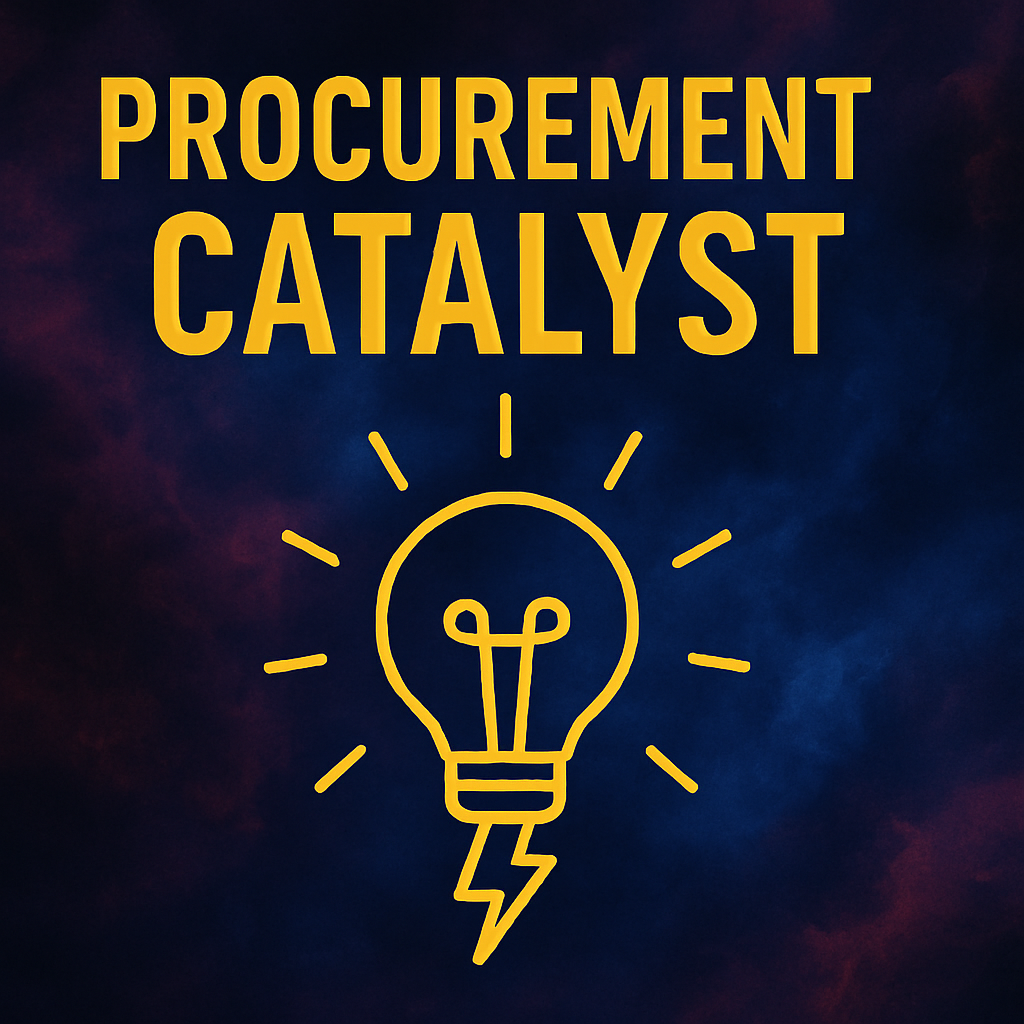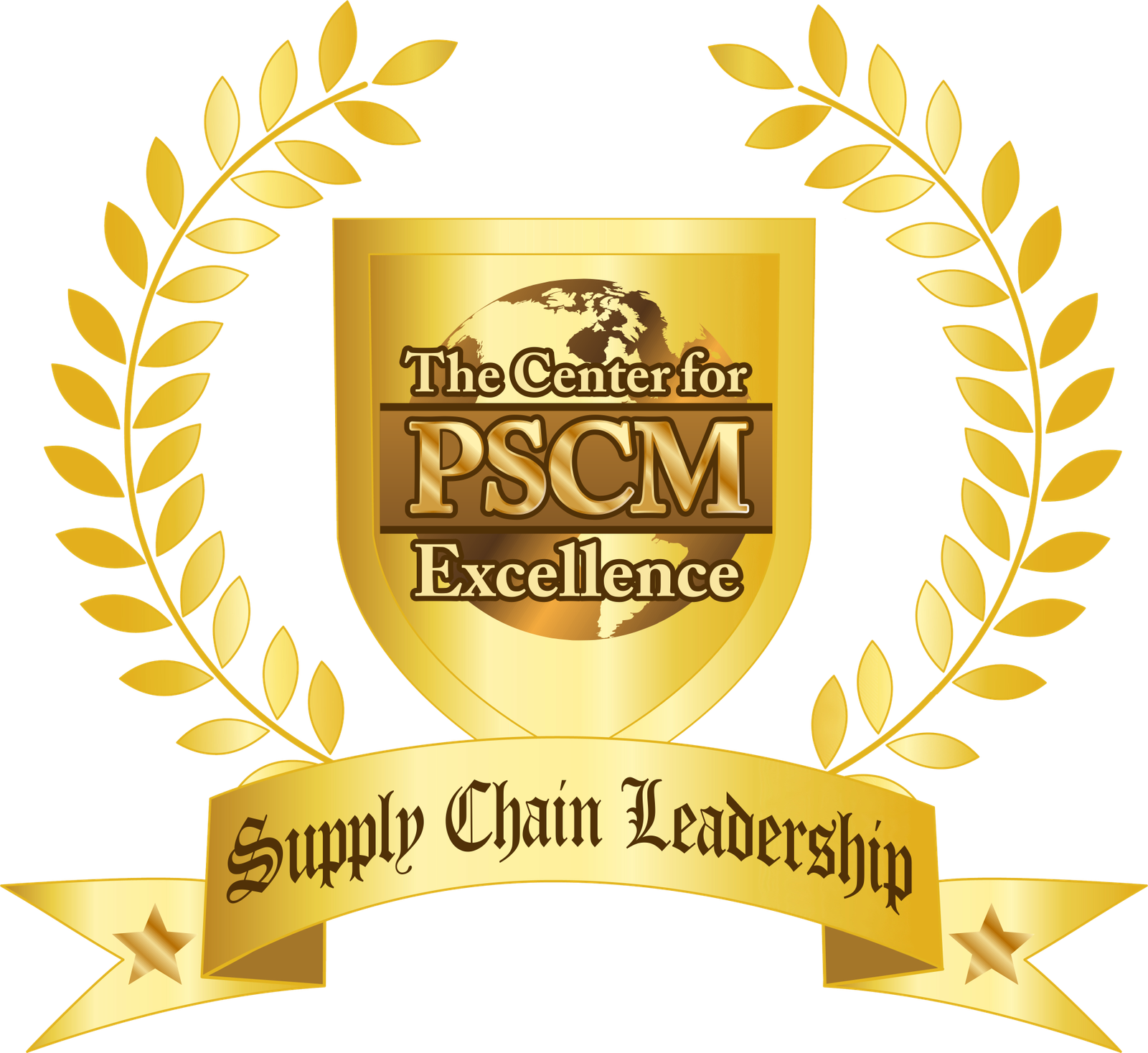
I promise this is procurement-related and carries a moral that will resonate.
I’ve been playing racquetball for about 15 years—fully addicted. Today, for the first time, I went to see a professional coach.
He watched me warm up for five minutes through the glass wall, then came in and told me everything I was doing wrong.
I thought my footwork needed work. He said it was not only fine—it was exceptional.
The first moral: Never assume you can just self assess your skills. You need someone who sees the big picture.
Now the real problem according to him? My swing. My grip. My posture. My body torque. Even my head movement. He gave me about ten things I was doing wrong.
I had to practice all those new variables at once. It was tough. The backhand was even more challenging than the forehand. Reprogramming 15 years of habits was no small feat.
The result?
My backhand still needs more practice the “new” way, but my forehand…holy cow. Every single shot turned into a professional kill shot (racquetball term: rocket hard, centimeters off the ground, totally unreturnable). I can’t wait to unveil it in competition.
He said my backhand will be there in a couple of lessons.
Now here’s the funny part — and where procurement comes in.
I was getting really good at doing things the wrong way. I could beat most players.
Read this twice: Getting better and better at doing things incorrectly only creates the illusion of progress.
In 90 minutes today, I made more progress than I had in the last decade and thousands of hours of play. My mind is blown.
Now let’s pivot to procurement. I’ve worked with enough Fortune 100+ companies to tell you that we are doing procurement wrong.
And we’re getting better and better at it, too.
- We automate bad processes with cutting edge systems
- We write contracts for goods and services, then magically expect performance results post-contract.
- We rely on policy to drive compliance, even though it never works.
- We chase “savings” by hammering suppliers at the table, when most savings actually come from product and service design streamlining.
I could go on. But don’t be mistaken—our profession is full of bright, energetic, capable people. They’re not the issue.
The issue is they’re getting better at legacy practices. Just like continuous improvement of the combustion engine.
What’s missing is a catalyst—something to flip the script. With the right people and the right culture, the results can be dramatic. I lived that today.
When Lou Gerstner took over IBM and transformed it from a dying mainframe company into a profitable software and solutions powerhouse, he said the right people were already there. He simply needed to act as a catalyst for change.
That’s my bread and butter. My work with Fortune 500s is about being that catalyst—helping companies extract maximum results from the same people, just by doing different things.
Don’t get stuck in a rut. Don’t keep getting better at the wrong things—it only creates the illusion of results.
And above all, don’t fall into arrogance—the belief that you can just grind harder and make it work. Leadership matters, but real transformation needs a catalyst.
Now go do something wonderful. Be your best! — Omid G.
“THE Godfather of Negotiation Planning” ~ Intel Corp


